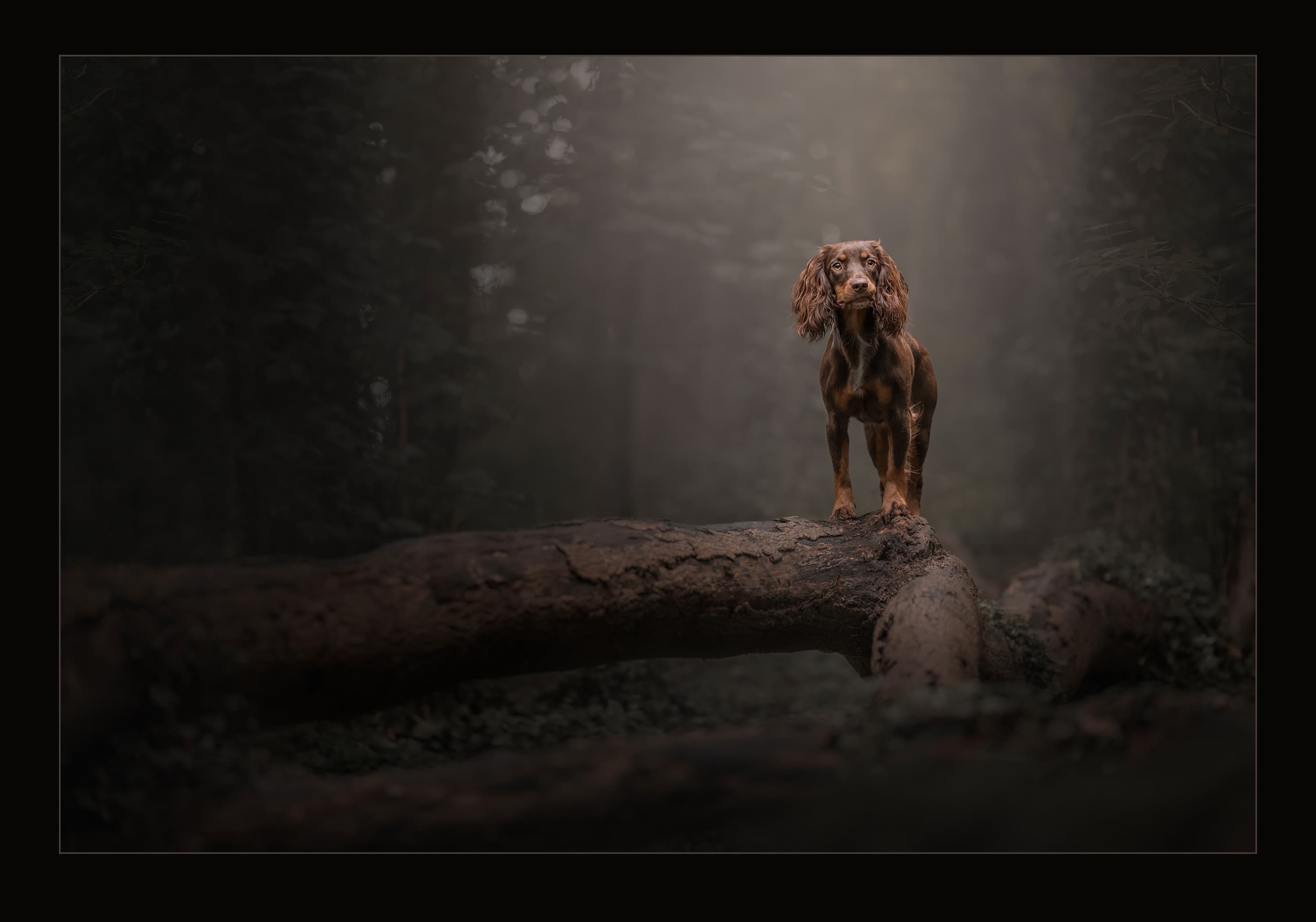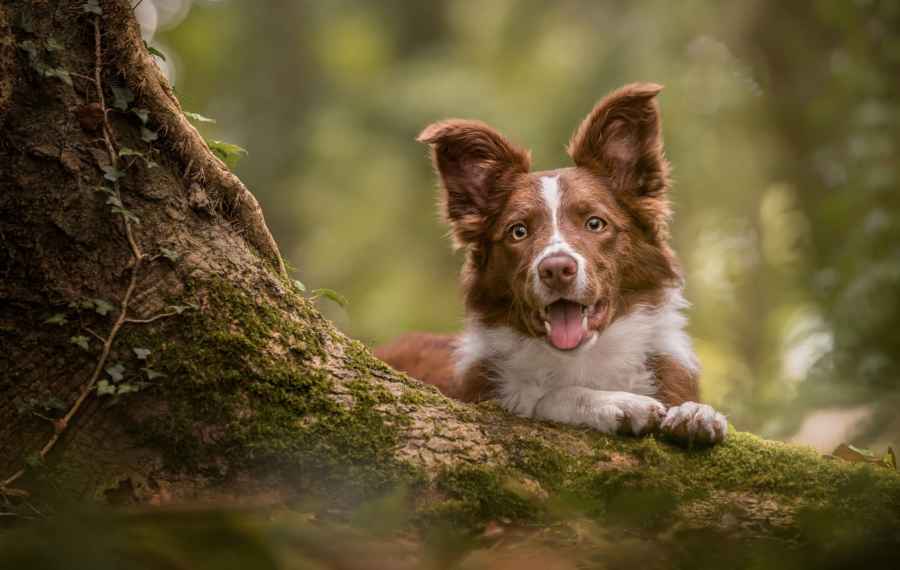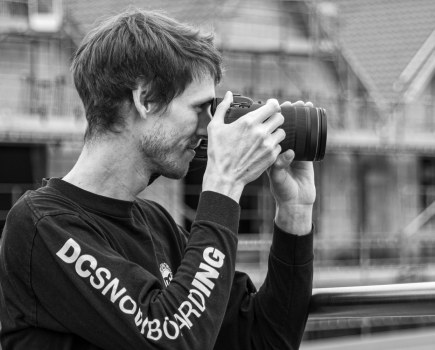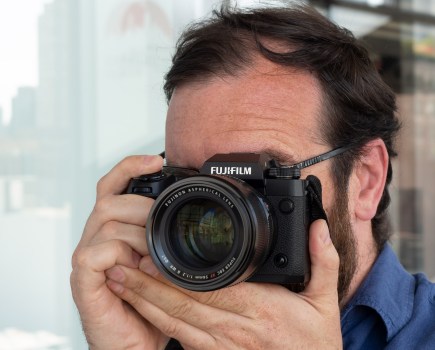Self-taught canine and equine photographer Jess Wealleans has been awarded the title of PetPhotographer of the Year at the 2020 MPA International Awards (MPA stands for Master Photographers Association). All of Jess’s images made it to the final round of judging, with the winning photograph being of Alfie, a six-year-old border collie. We caught up with Jess to find out more about her competition success, and why she is confident that photographers can still earn money from photographing pets – despite the challenges of the lockdown.

Were you surprised to have done so well in this competition?
Yes I was really surprised by the amount of images that got into the finals – 13 in the end. I was watching the awards on Zoom, and completely covered my face, but I was over the moon. This was also the first time I had entered a print competition with my pet photography.
What were the biggest lessons you learned entering?
The biggest lesson was to be very objective – just because you love an image or clients love it, doesn’t mean that it is the right choice. I went through the competition criteria very carefully. Because it was a print competition, I went for images with deeper and more muted tones, as they fitted what would get the highest marks. So I didn’t choose anything that was very heavily saturated.
Can you expand on that?
Impact is really important, and you also get marks for points of attention. If there is too much drawing your eye, like very strongly saturated colours, the image might lose points. I also learned that more original takes on pet photography tend to score higher, rather than very predictable scenes. Print competitions are about originality and story telling – does it evoke a strong emotion.

What are your best tips doing well in pet photography competitions or related print competitions?
First, make sure the closest eye of the dog is tack sharp – most people struggle with this, but it’s really important that it is the sharpest point. The nose should be in focus too. Second, pay attention to the expression of the dog – if the dog looks bored, you should cull the image. The expression has to evoke emotion Third, the angle of the shot is really important. Try to get below the eye level of the dog in most situations. I’m always saying to my students, get lower, get lower get lower – that brings you into the centre of the dog’s world. Composition is really important too. Remember the rule of thirds and don’t chop off parts of the dog’s tail, ears, feet and so on. That is a real no-no. Finally aim to get a catchlight in both eyes.
What camera body and lens did you use?
All the winning images were shot with same camera and lens – a Sony A7R III with the 70-200mm f/2.8 G lens. The Sony has incredible eye-detection AF, and you can see it locking on in my YouTube videos – it’s so accurate. I did some shooting recently with a Canon EOS 5D Mark IV and I really missed the Sony – the resolution is amazing.

What about your editing process?
I took these winning images in a wood, shooting at ISO 1000 so I needed to reduce the noise a bit. I use Topaz Labs Denoise AI for this. I find that in Lightroom, the noise reduction would also soften off a lot of detail on the dog, and it was the same in Photoshop. I find Topaz must better. I use Denoise AI on a low, subtle setting; it completely strips noise from the background area, but the AI is smart enough to keep the the details on the actual dog – it cleans up noise from AROUND them.
Despite the pandemic, do you still think there are opportunities for pet photographers to make money?
I was a full time dog photographer and also taught photography, then I had a change in personal circumstances that required me to get a full-time job in marketing. At the moment, it’s about 50/50, as I have gone back to shooting commercially and also pushing my courses. There are still good opportunities for pet photographers and some people I know are bringing in £1500 to £2000 in sales over a month. The most important thing to remember that is photography is only one part of running a successful photography business – you need to be on top of your costs, marketing, how you frame and present the images and so on. The business side is so important.
You can find Jess’ highly successful YouTube channel here. For more information on one to one sessions and future workshops , see Jess’s website








